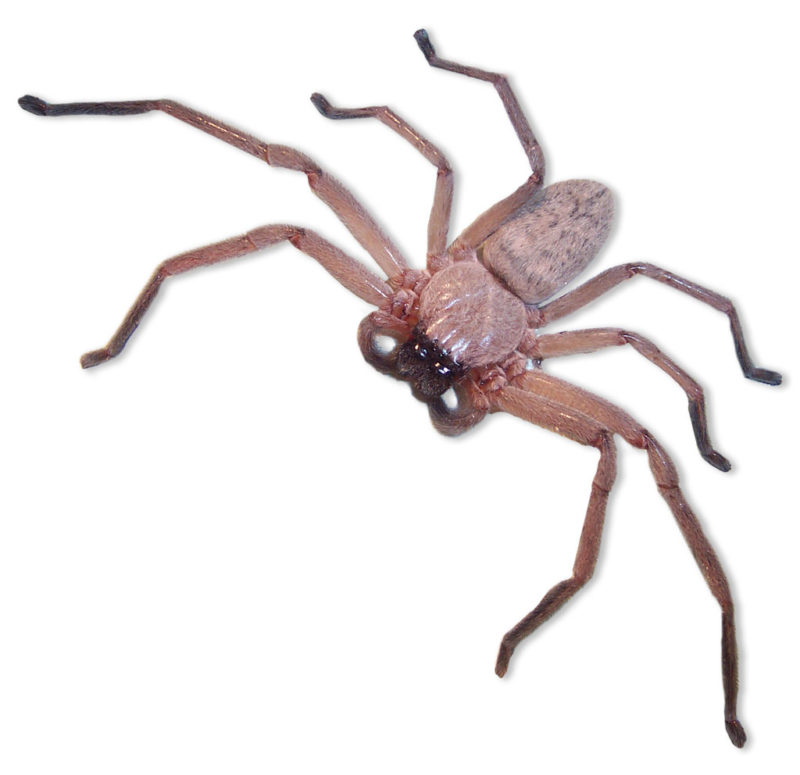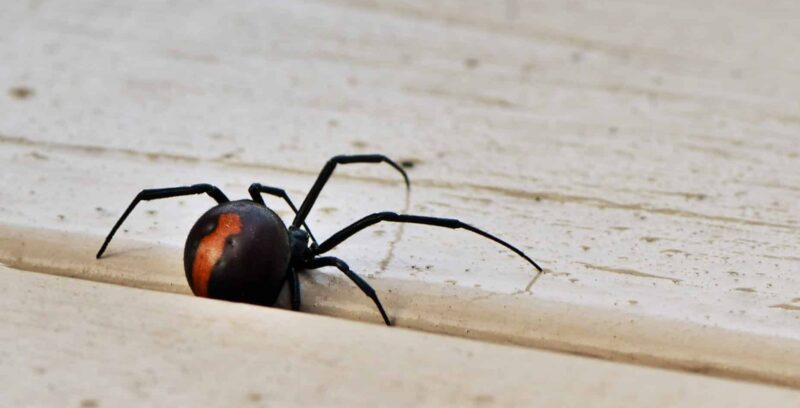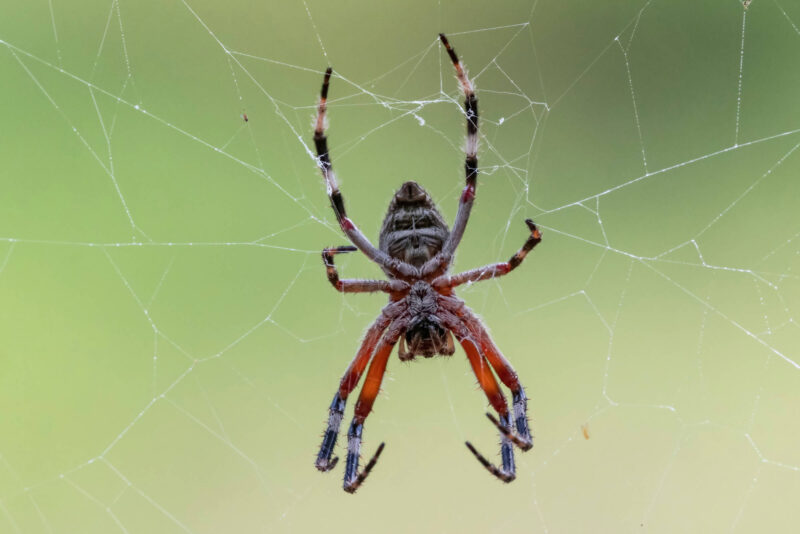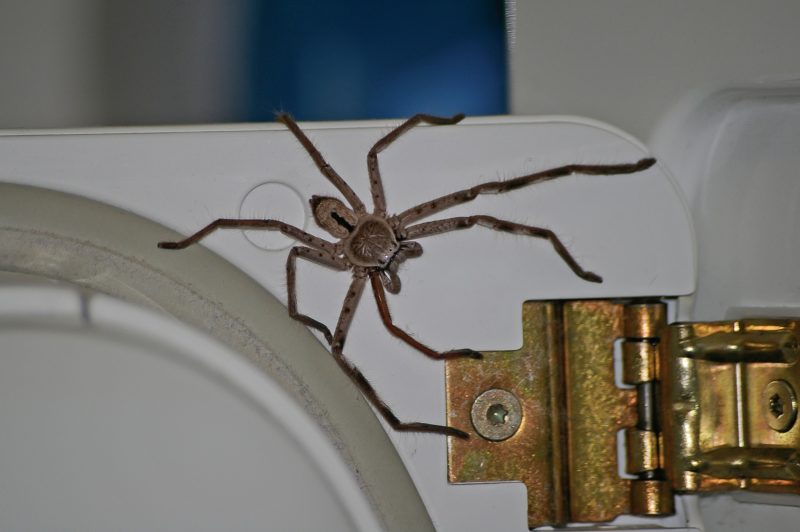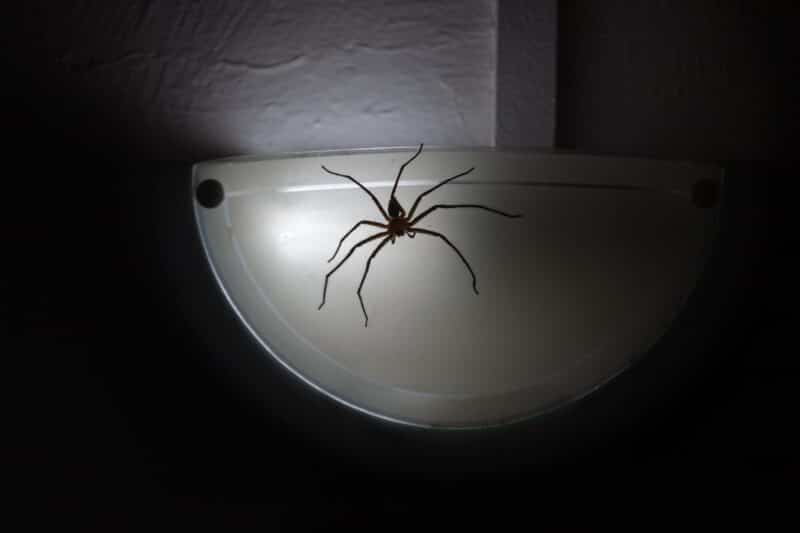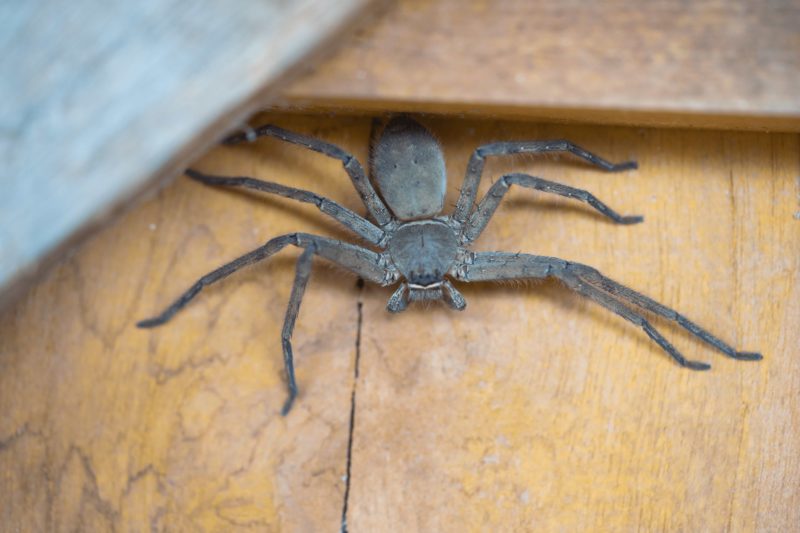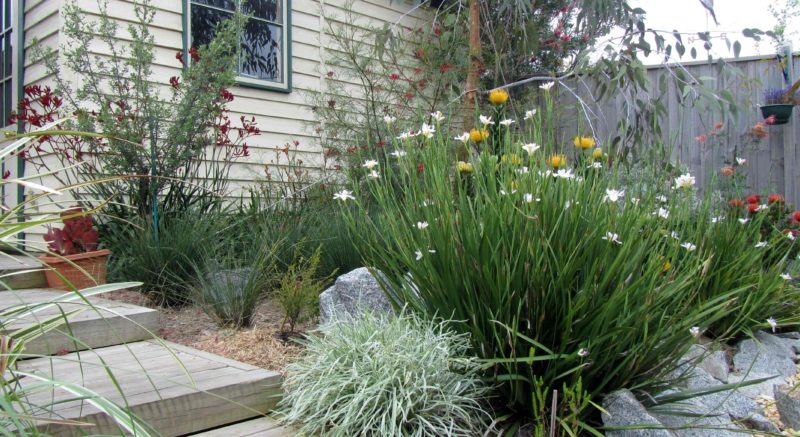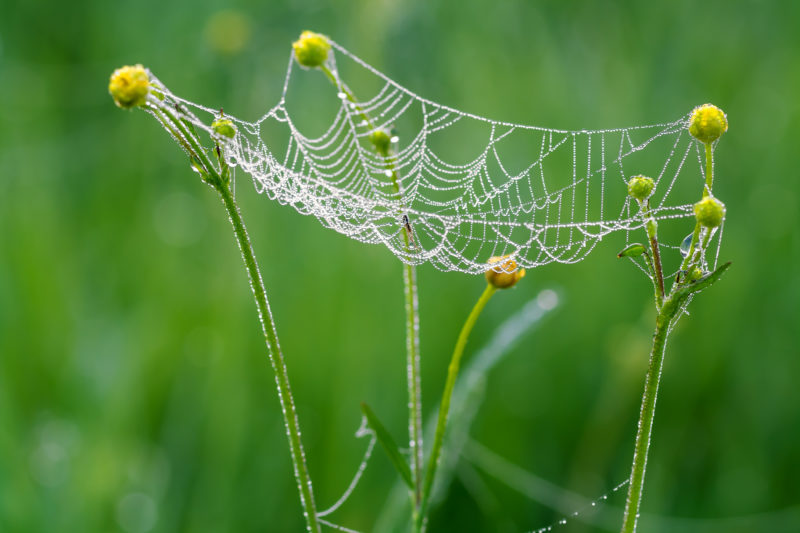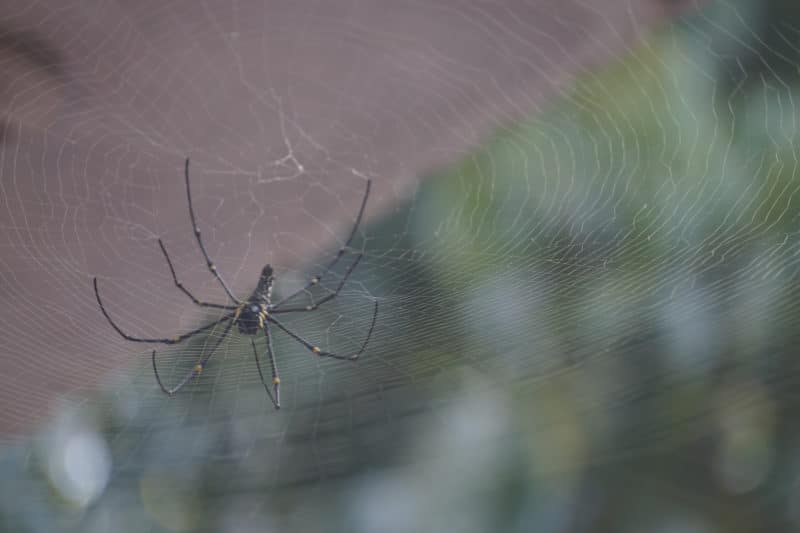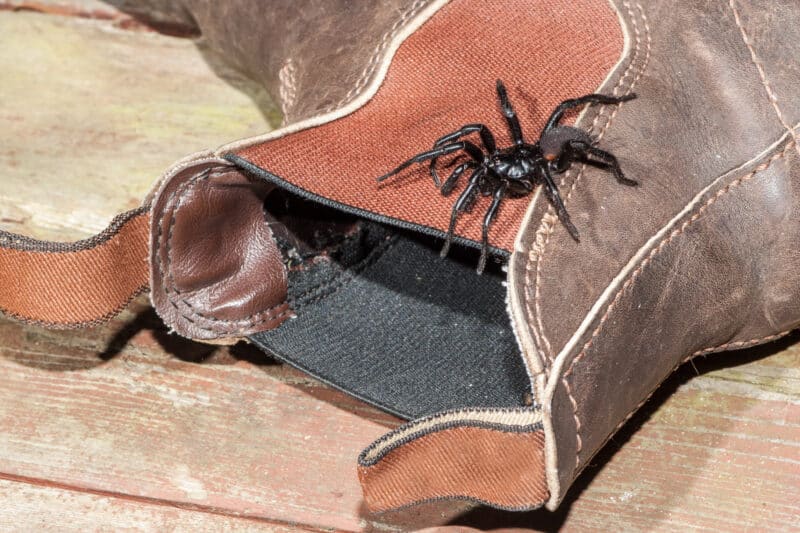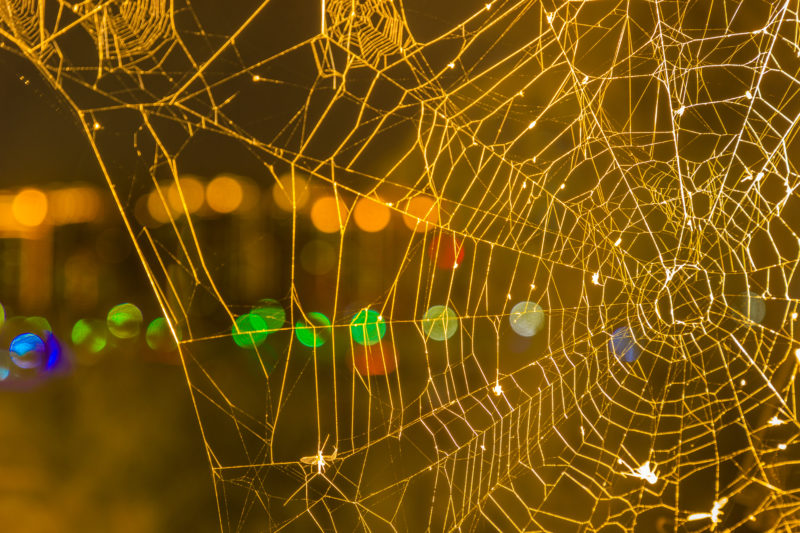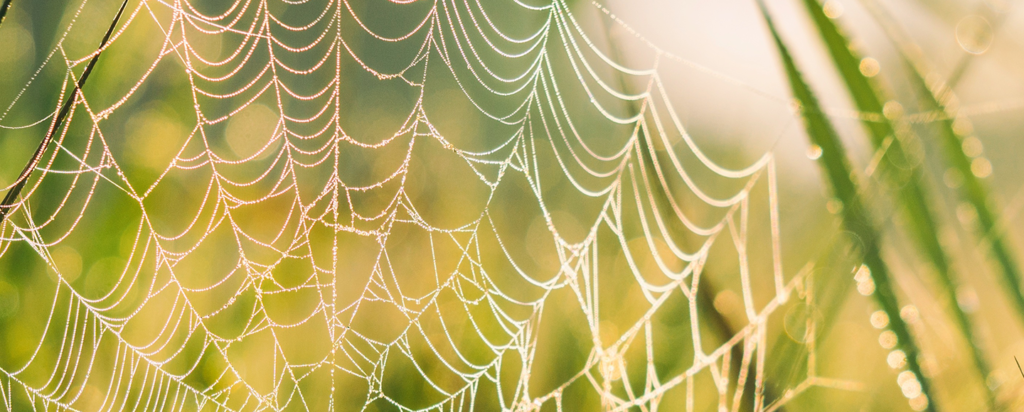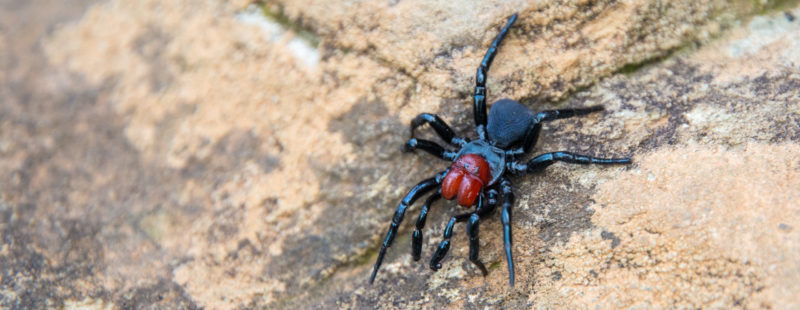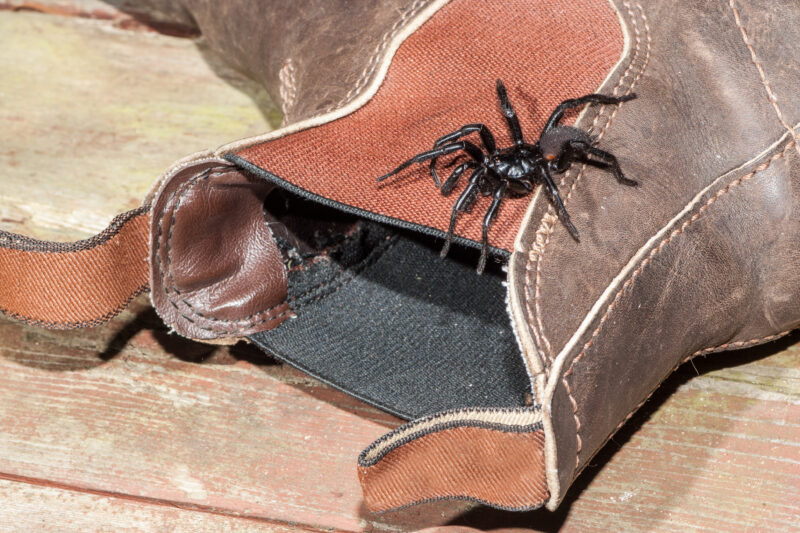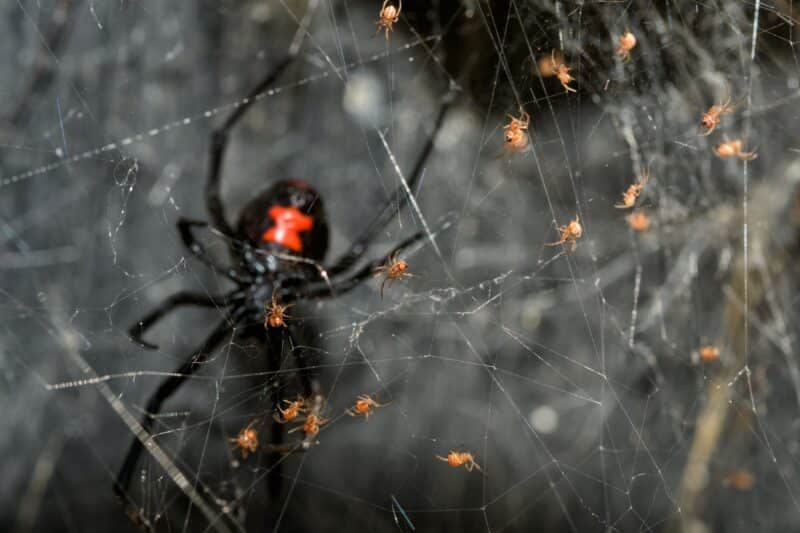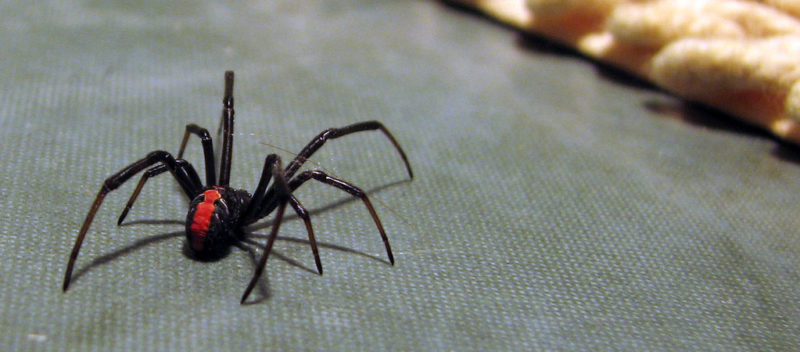Spiders
Spiders are a common pest in all regions of Australia. From Sydney to Perth, these pests are spreading fear among households, with only a few of them actually being dangerous. But regardless of whether or not they are dangerous, you don’t have to deal with them yourself. You have us – your spider pest control experts! Find out more when you download our Spider Fact Sheet!
Found Spiders? Click here to view our Spider Identification Chart. Do not disturb them. Call your local Flick pest control expert.
Flick Home Protection plans make protecting your family and home from spiders and pests easier than ever. Our effective and affordable year round pest control plans include an exclusive 12 month warranty. Spiders are included in our Gold, Silver and Bronze Home Protection Plans. Find out more here.
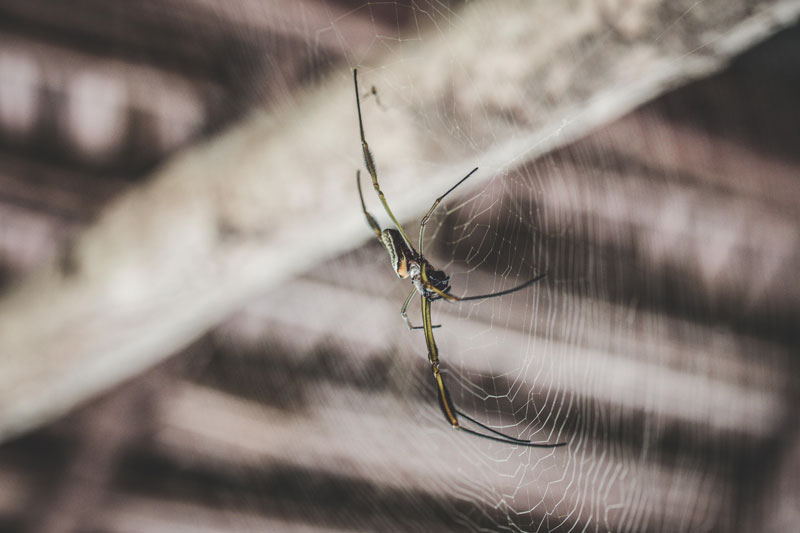
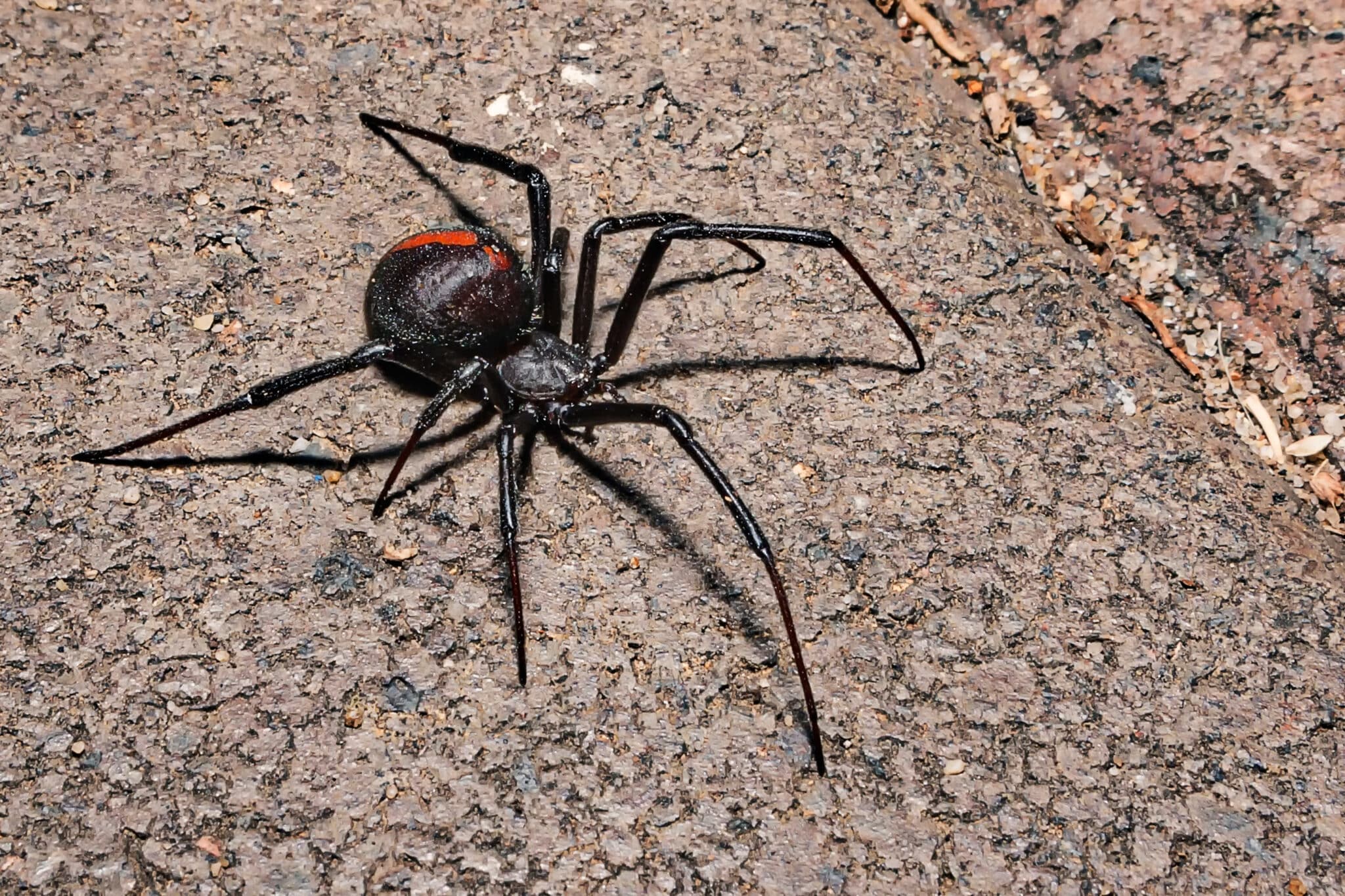
How to Identify Spiders
Australia is home to a wide variety of spider species, including web-building spiders such as the common orb-weavers, redback spiders, and funnel-web spiders, as well as running spiders such as the wolf spider and the huntsman spider. Web-building spiders are known for their intricate and symmetrical webs, while running spiders are known for their speed and ability to hunt on the ground. Tell-tale signs of a spider infestation include the presence of webs, egg sacs, and dead insects caught in the webs around the property.
Spiders play a crucial role in the environment as natural pest controllers, feeding on insects and helping to regulate their populations. However, some spider bites can be toxic and pose potential risks to humans, such as from the venom of the funnel-web and redback spiders. It is important to be cautious and seek medical attention if bitten by a potentially harmful spider.
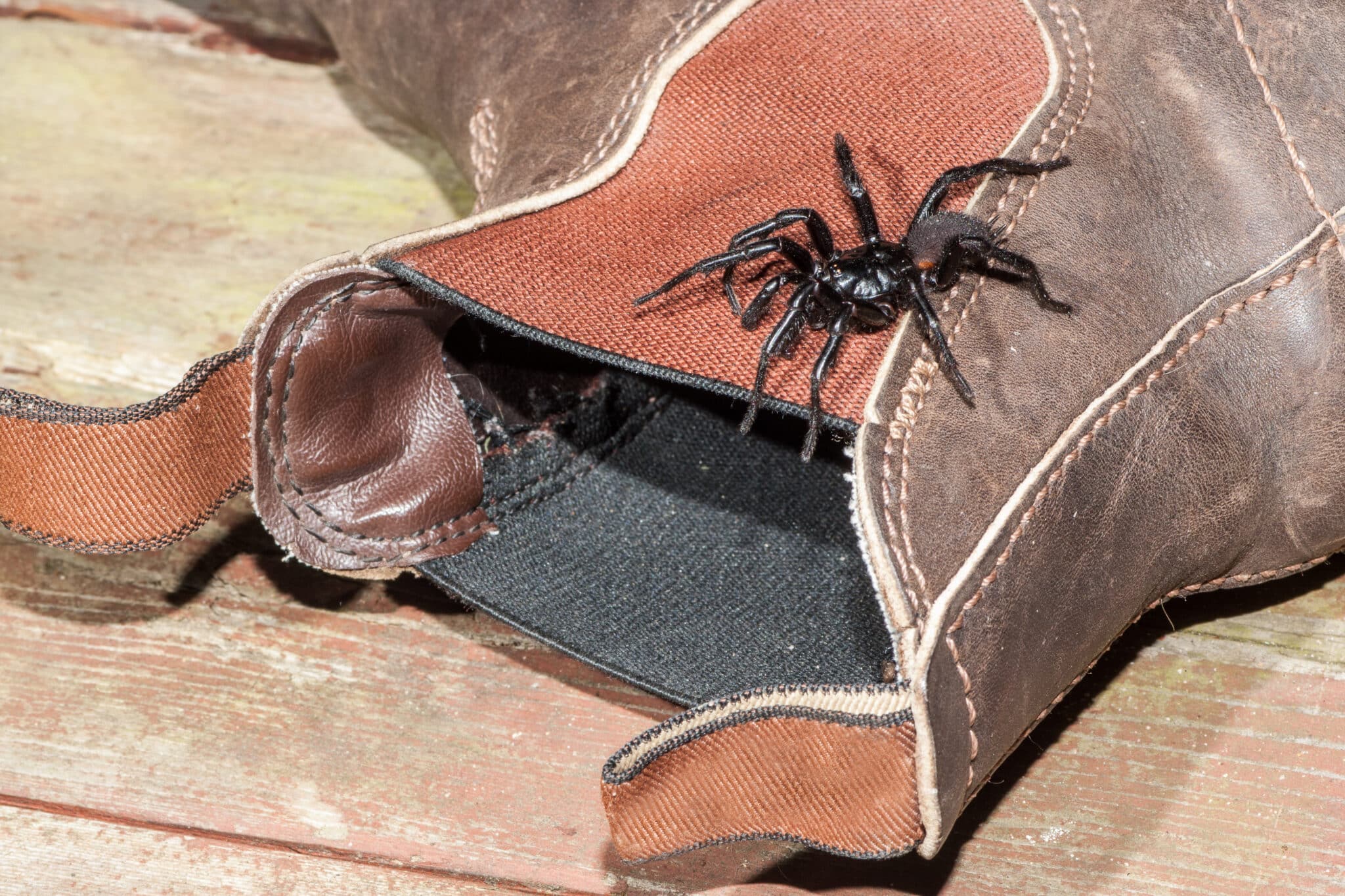
Preventative Measures for Spiders
To prevent spider infestations in your home, it is important to take various preventative measures. Firstly, use gap filler to repair cracks and crevices in walls, windows, and doors where spiders can enter. Install fly screens on windows to prevent spiders from entering your home. Additionally, keep trees and bushes away from the house to limit the spiders’ access to your home.
Keeping both your interior and exterior clean and tidy can also help prevent spiders. Start by decluttering the inside of your home to eliminate hiding spots for spiders. Vacuum and dust thoroughly, paying attention to corners, ceilings, and baseboards. Tidy up any areas where spiders may find shelter, such as piles of clothes or papers. Externally, clear away any garbage, woodpiles, or excess vegetation close to the house. Keeping a clutter-free environment will limit the places where spiders can take refuge.
By taking these preventative measures and avoiding ineffective methods, you can effectively control and prevent spider infestations in your home.
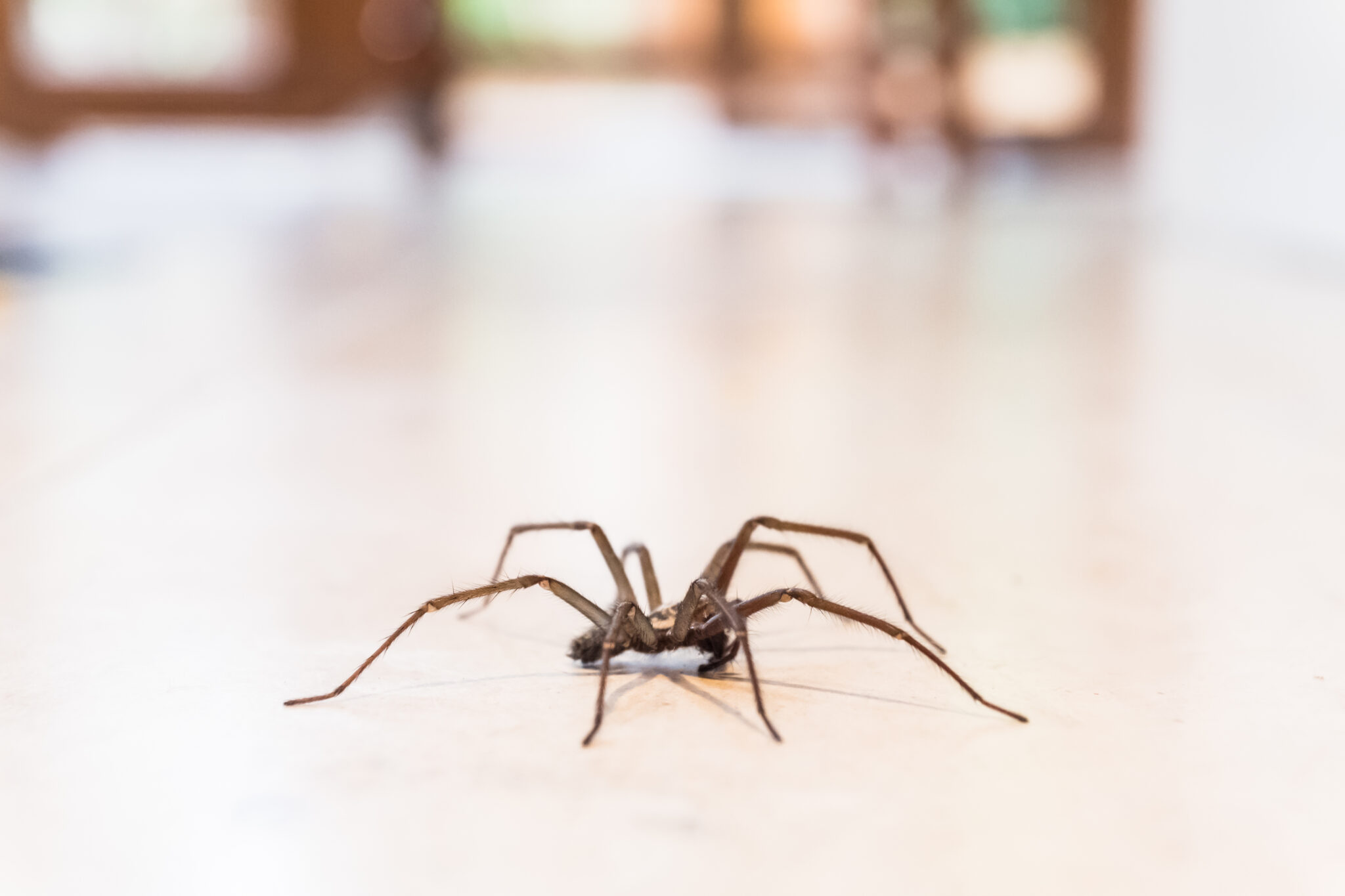
Effective Spider Pest Control and Spider Treatment Methods
Flick Pest Control offers a range of effective spider pest control and spider treatment methods to help you get rid of spiders and prevent them from returning:
- Inspection and Identification: Our experienced technicians will conduct a thorough inspection of your property to identify the types of spiders present and the extent of the infestation.
- Targeted Treatments: We use safe and effective treatments specifically formulated to target spiders, applied to areas where they are commonly found, such as webs, cracks, and crevices.
- Web Removal: We will remove existing spider webs to reduce spider populations and make your property less attractive to them.
- Residual Sprays: We can apply residual insecticide sprays to key areas to deter spiders and eliminate those that come into contact with the treated surfaces.
- Dusting: In hard-to-reach areas like wall cavities and roof voids, we may use insecticide dusts for long-lasting control.
- Preventative Advice: Our technicians will provide you with practical advice on how to make your property less attractive to spiders in the future, reducing the likelihood of infestations.
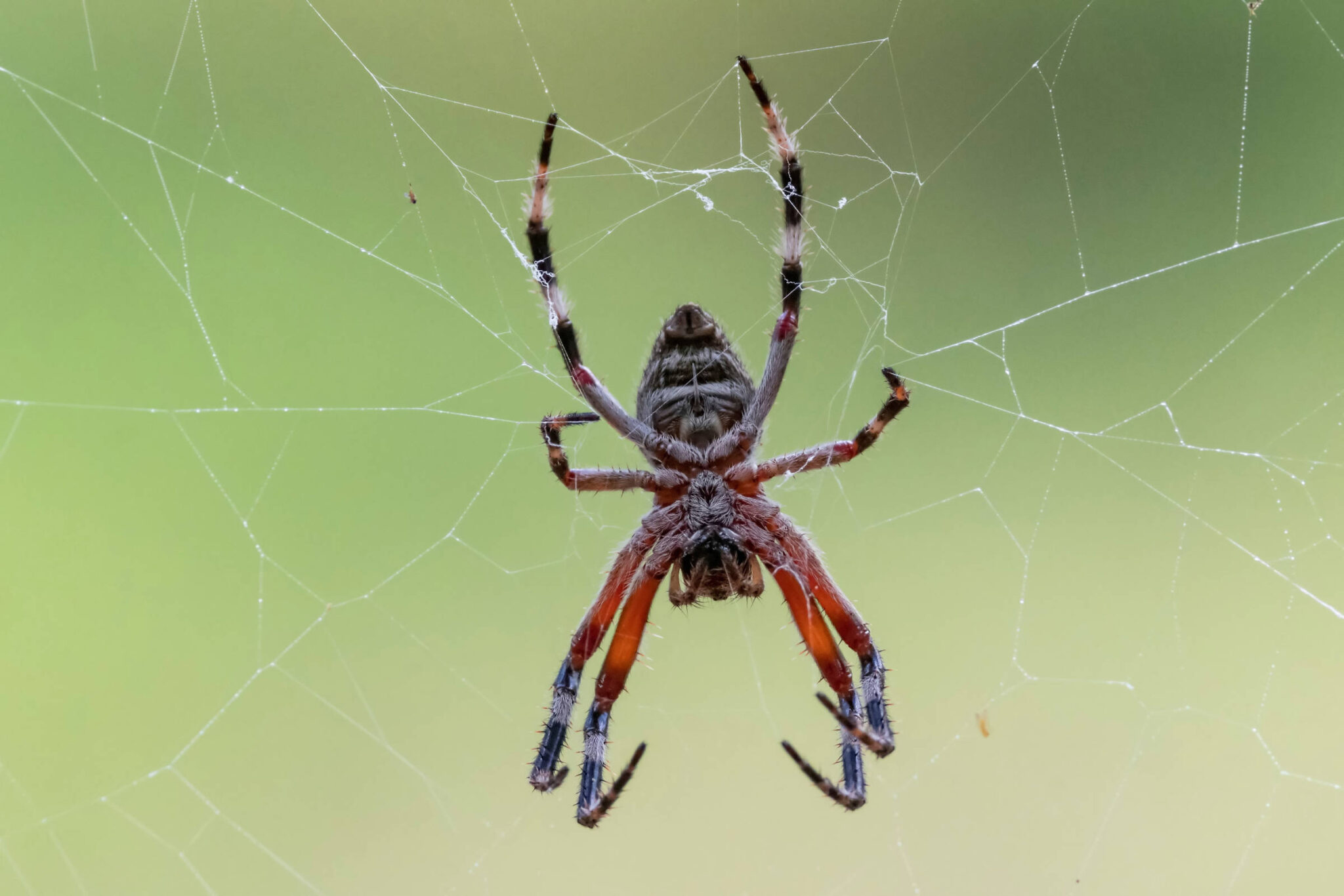
Why Choose Flick Pest Control for Spider Pest Control?
- Expertise in Australian Spiders: We have extensive knowledge of the different spider species in Australia, including the dangerous ones.
- Safe and Effective Treatments: Our treatments are safe for your family and pets while being highly effective against spiders.
- Comprehensive Solutions: We offer a range of services, from identification and treatment to prevention.
- Peace of Mind: We help you protect your home and family from the dangers of venomous spiders.
- Reliable and Professional Service: Our experienced technicians are dedicated to providing top-quality pest control services.
Don’t let spiders, especially dangerous Australian spiders like funnel-webs and redbacks, take over your property. Contact Flick Pest Control today for a comprehensive spider inspection and effective spider treatment solutions. Call us at 1300 270 019 or visit our website at Flick Pest Control for more information and to book a service.

Venomous Spiders in Australia: Identification, Risks, and Prevention
Funnel-Web Spiders
Primarily found in eastern Australia, particularly the Sydney funnel-web, these spiders are highly venomous, and their bite can be life-threatening, especially for children. They are large, dark spiders with glossy carapaces and prominent fangs. They typically live in moist, sheltered habitats such as burrows in the ground, under rocks, logs, and in garden debris. Male funnel-webs are more prone to wandering during humid nights in search of mates and can sometimes enter homes.
- Bite Symptoms: Severe pain at the bite site, muscle spasms, difficulty breathing, excessive salivation, watery eyes, and potentially loss of consciousness. Medical attention should be sought immediately in case of a funnel-web bite.
- Prevention Tips:
- Wear gloves and shoes when gardening or handling firewood and other outdoor materials.
- Teach children to never touch spiders.
- Be extremely cautious when lifting rocks, logs, or other debris.
- Seal gaps and openings around doors and windows.
- Regularly check shoes and clothing left on the floor, especially overnight.
- Keep ground cover and mulch away from the foundations of your home.
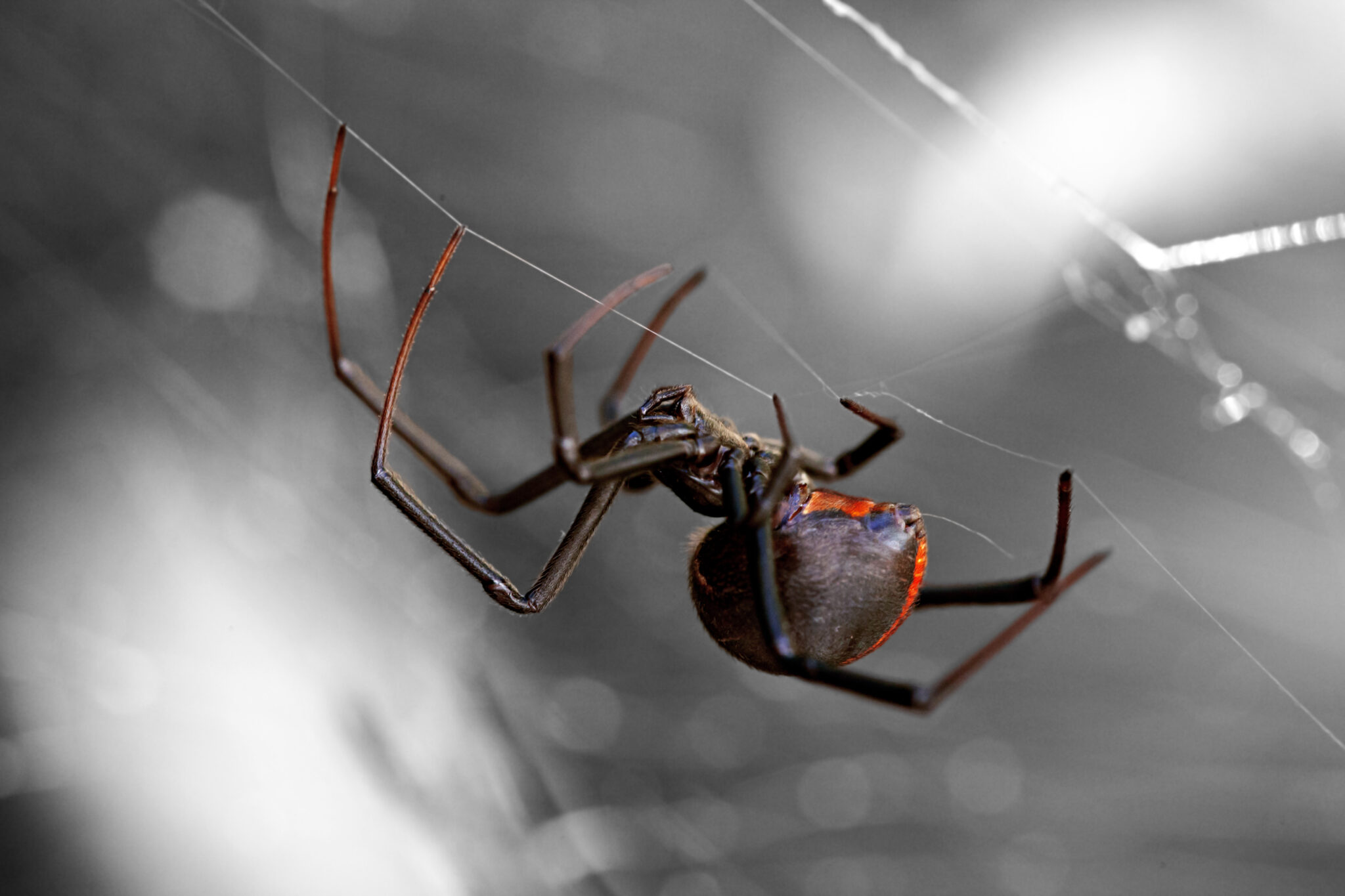
Redback Spiders
Found throughout Australia, redback spiders are easily identifiable by the distinctive red stripe (sometimes an orange or yellowish spot) on the upper side of the female’s glossy black abdomen. Males are much smaller and have less prominent markings. Females typically build untidy, irregular webs in dry, sheltered places such as sheds, garages, under outdoor furniture, and in crevices.
- Bite Symptoms: Intense local pain, which can radiate up the limb, sweating, nausea, vomiting, and general malaise. While bites are rarely fatal, they can be very painful and require medical attention.
- Prevention Tips:
- Wear gloves when working in the garden or around sheds and garages.
- Shake out clothing and shoes before wearing them, especially if they have been left outside or in storage.
- Be cautious when reaching into dark or undisturbed areas.
- Install screens on windows and doors.
- Keep outdoor areas tidy and free of clutter, reducing potential hiding spots.
Shield Your Family & Home Year Round from Spiders
Flick's Home Protection Plans
Flick’s Home Protection Plans provide effective and affordable year round protection for your home and family. Our Gold, Silver and Bronze plans include preventive measures to stop spiders from entering your home. All Home Protection plans come with a 12-month warranty* and easy affordable monthly payments. With a variety of Home Protection plans to choose from, you can find a plan that meets your specific needs and budget. Contact your local Flick branch to discuss which Home Protection is suitable to shield your home from spiders.
Commercial Pest Solutions
Integrated Spider Solutions
It is essential for businesses to prioritise the health and safety of their employees and customers. Spiders not only pose a health risk but also damage property and reputation. Flick’s professional commercial pest control services provide tailored solutions to prevent and eliminate any pest infestations, ensuring a clean and hygienic environment for everyone. Our regular inspections and treatments help to maintain a pest-free workplace and protect your business from potential pest related damage. Trusting in Flick’s commercial pest control solutions is a smart investment in the long-term success and reputation of any business.
Common Spider Questions
How do spiders reproduce?
Spiders create a silken sac into which they lay their eggs. Each sac contains about a hundred eggs (this varies with the species). The sac may be attached to something, concealed in the web or carried on the body of the female. If you spot a sac fixed somewhere in your home, that’s a sign that there will soon be more spiders!
Which spiders can kill you?
The most dangerous spiders in Australia are the Sydney Funnel-Web and the Redback spider. Neither of these spiders have killed anyone for almost 40 years, since anti-venom injections were introduced. However, both species can be aggressive if disturbed – particularly the male funnel-web. If you spot one of these spiders, stay away and call your local Flick technician.
What other spiders are dangerous?
White-tailed spiders, Mouse spiders, Trap door spiders – there are a number of spider species who can cause pain and swelling if they bite you. For the most part, they aren’t interested in humans and will not disturb you – unless you disturb them! All spiders should be treated with caution, particularly if you are having trouble identifying them.
How do I control a spider infestation?
Flick provides tailored treatments for different types of spiders, regardless whether they are webbing, crawling or deadly. You can trust our pest technicians to protect you and your family. By breaking the breeding cycle, you can also enjoy your property free from unsightly webs.
Should I try and completely eliminate spiders?
Not necessarily. Spiders are an essential part of the natural ecosystem. In gardens, spiders eat moths, flies, caterpillars and other pests that you may not wish to bother you. While you should be wary of spiders, often they’re more afraid of you!
Common Spider Species
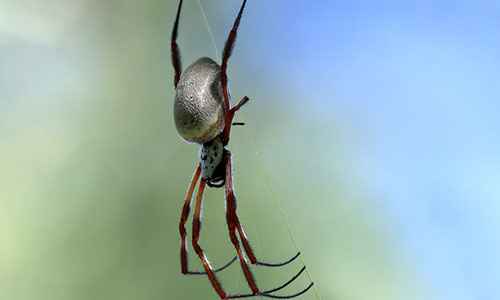
Garden Orb Spider
Apppearance
Plump, triangular, hairy body. Female: 20-25mm; Male 5-10. Colours range from pale white through grey to dark brown, with patterns of spots, stripes and patches.
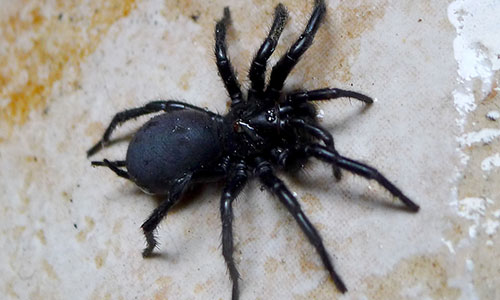
Funnel Web Spider
Apppearance
Shiny, dark brown to black with finger-like spinnerets at the end of their abdomen which spin silk. Have impressive fangs which they bare when threatened.
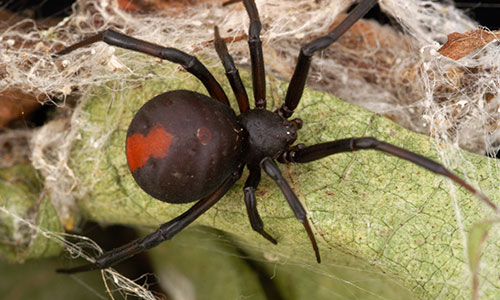
Red Back Spider
Apppearance
Female Redback spiders are black a distinct orange/red longitudinal stripe on the upper abdomen. They have an ‘hourglass’ shaped spot on the underside. The male’s markings are paler and less obvious.
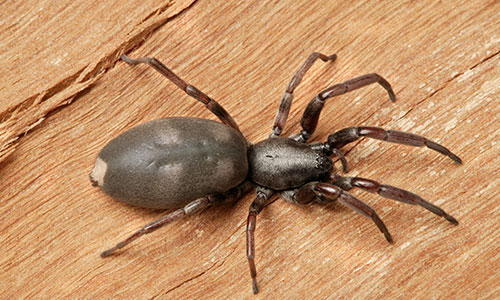
White Tail Spider
Apppearance
Cylindrical in shape, females are 12-15mm, Male 5-8mm. Their bodies are grey or black with a white tip on the end, plus several white spots on the back.
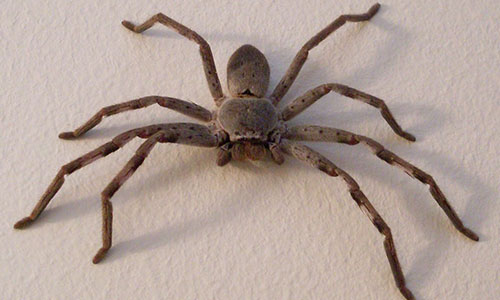
Huntsman Spider
Apppearance
Body – 2.5cm. Legs: Approx. 12.7 cm (can be longer). Hairy and somewhat flattened, eyes arranged in 2 rows of four.
I found Spiders! Help!
Don't worry, we're here to help. Follow these steps to stay safe until help arrives!
Call a Professional
Call Flick Pest Control Immediately.
If you encounter spiders in your home or business, you may be dealing with an infestation. Don’t wait until the problem gets out of hand – we can help protect your property and ensure the health and safety of those around you. Fill out the form below or call 1300 270 019 today.
Leave the Spiders Alone
Trust Flick Pest Control to handle the situation
Our pest control technicians have the knowledge, experience, and tools necessary to effectively and safely eliminate pests from your home or business. Attempting to treat spiders on your own can be risky and may not fully eradicate the problem.
We will and ensure a safe and effective outcome for your property.
There May be More!
Don’t Go Looking Around!
Flick’s pest control experts will perform a thorough inspection of the property to identify any areas where spiders may be present, followed by the development of a treatment plan tailored to the specific needs of the situation. By implementing effective pest control strategies, we can help ensure a pest-free environment for you.




